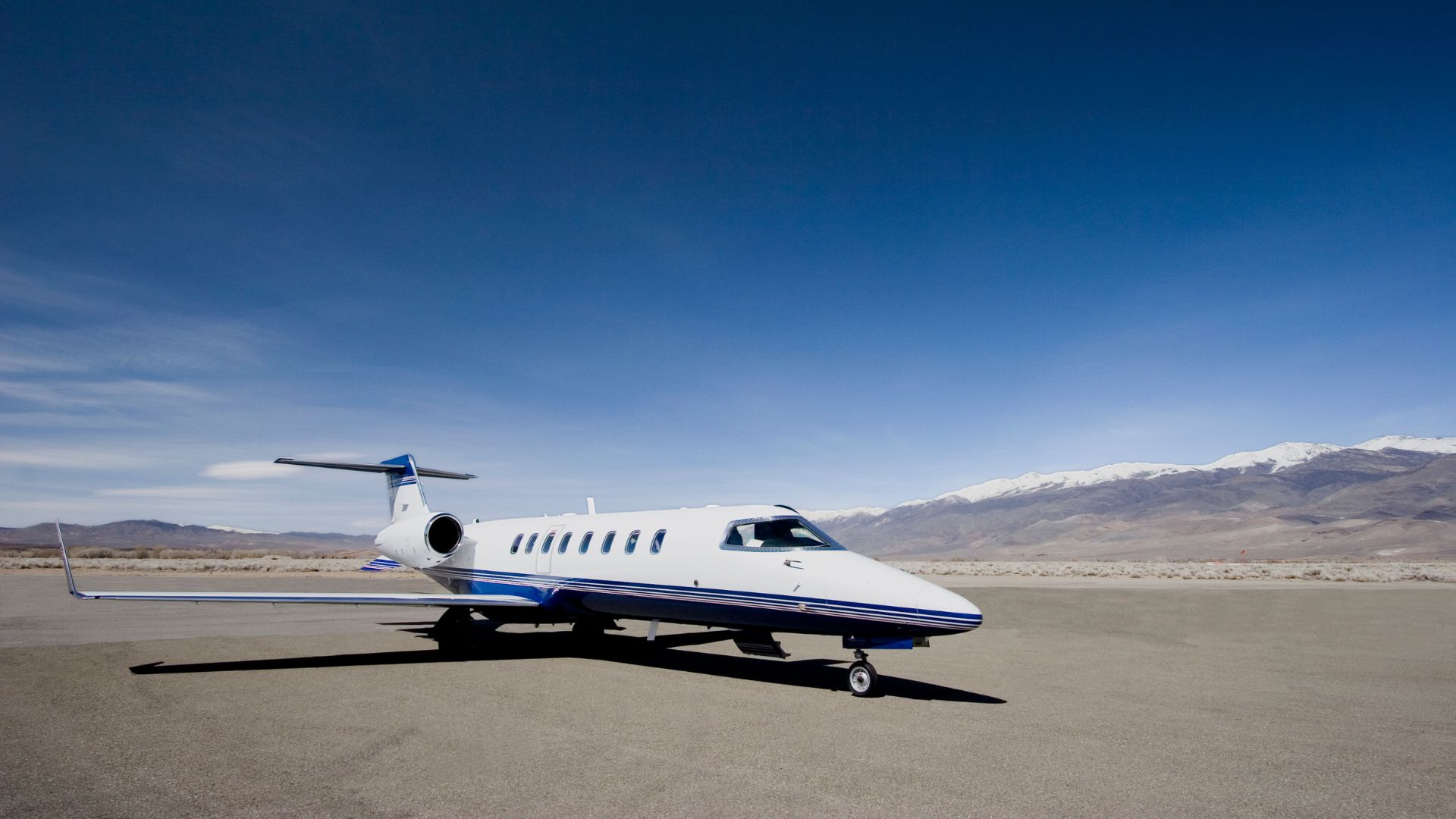Learjet, a name synonymous with luxury and power in the realm of private jets, has significantly impacted the aviation industry. Established in 1962 by Canadian jet manufacturer Learjet, the company quickly became a pioneer in private flying, noted for creating elegant and luxury private jets. Despite various ownership changes, Learjet has been a prominent name in the industry, known for its small and medium-sized business jets.
History and Development
Learjet was founded as the Swiss American Aircraft Corporation in 1962 by Bill Lear in Switzerland. Although never put into service, the company’s first jet laid the groundwork for private jet flying. In 1963, Learjet constructed its first successful jet, the Learjet Model 23, marking a significant milestone in executive aviation. The company’s rapid growth and innovative approach set a new standard in the private jet industry.
Learjet Aircraft Models
Throughout its history, Learjet produced several models, each with unique features. Notable models include the Learjet 23, 31, 45, 60, 70, and 75, among others.
Learjet 23
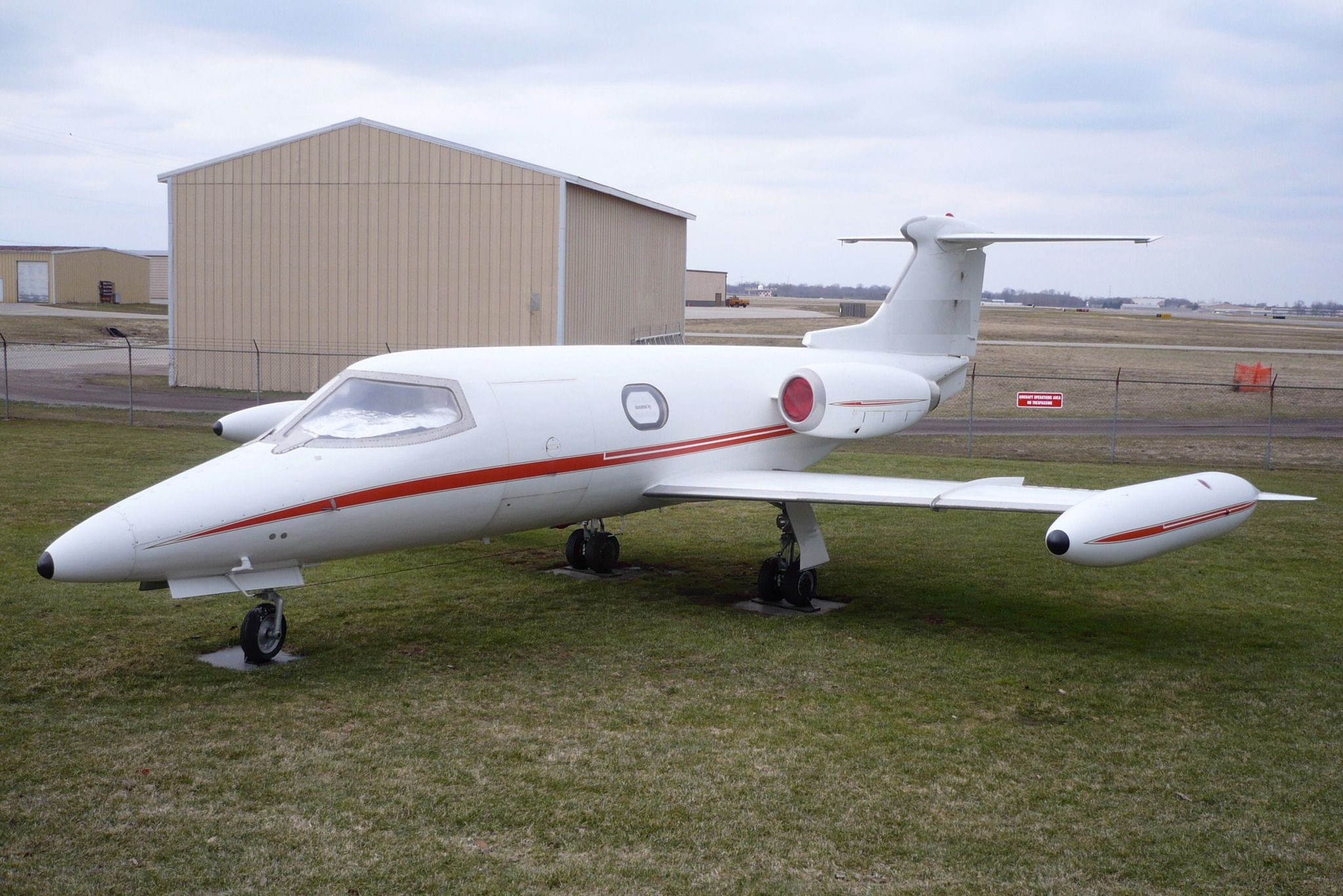
Photo credit: instagram.com
The original Learjet model, introduced in 1963, the Learjet 23 is often credited with being the first jet designed explicitly for business travel. It could accommodate up to eight passengers and had a range of approximately 1,830 miles. Its cruising speed was around 561 mph, setting a high standard for its successors.
Learjet 31
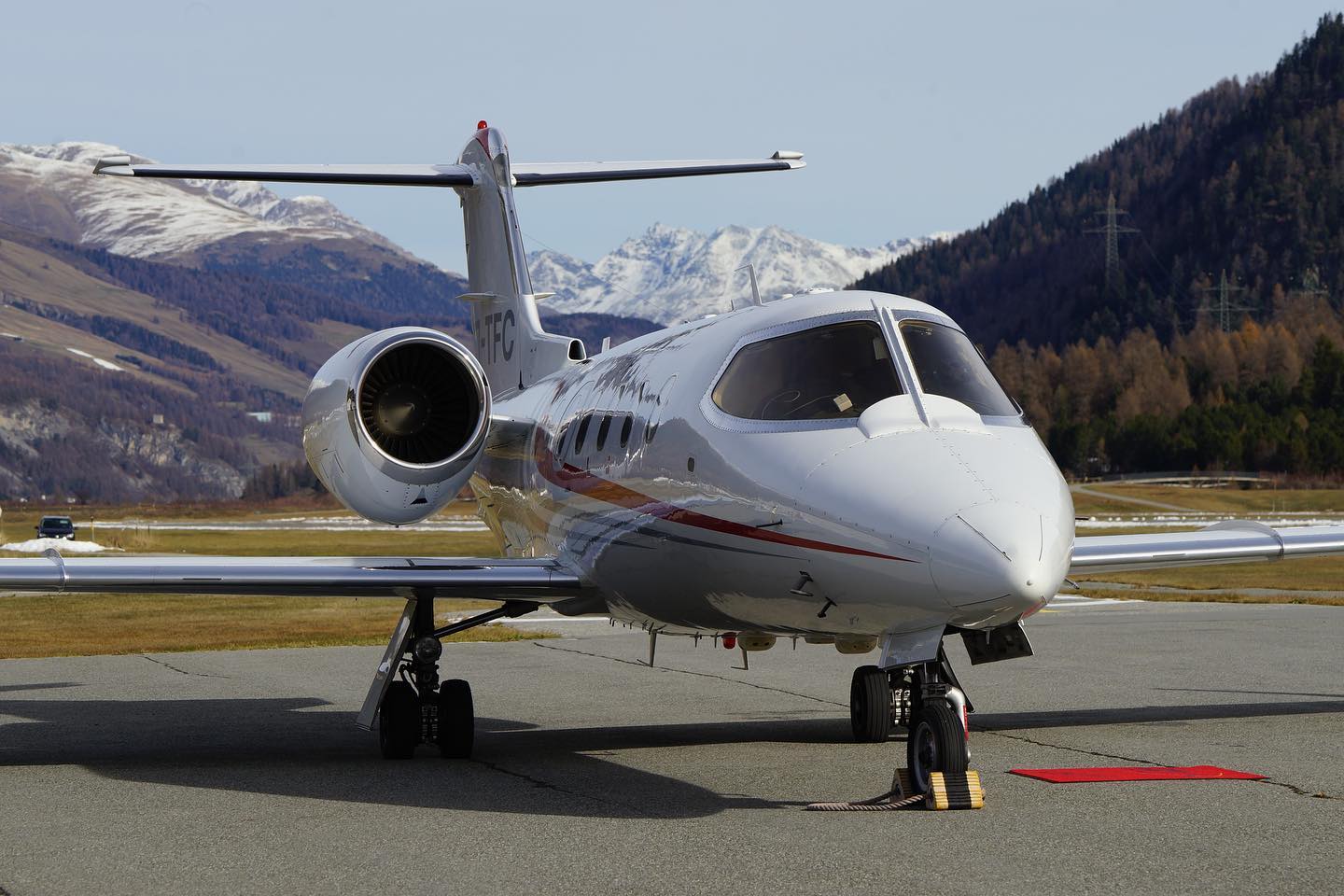
Photo credit: instagram.com
Known for its high-speed performance, the Learjet 31 was introduced in 1987. It boasted an impressive climb rate and could reach altitudes higher than most other private jets at the time. With a range of about 1,455 miles, it typically accommodated seven passengers.
Learjet 45
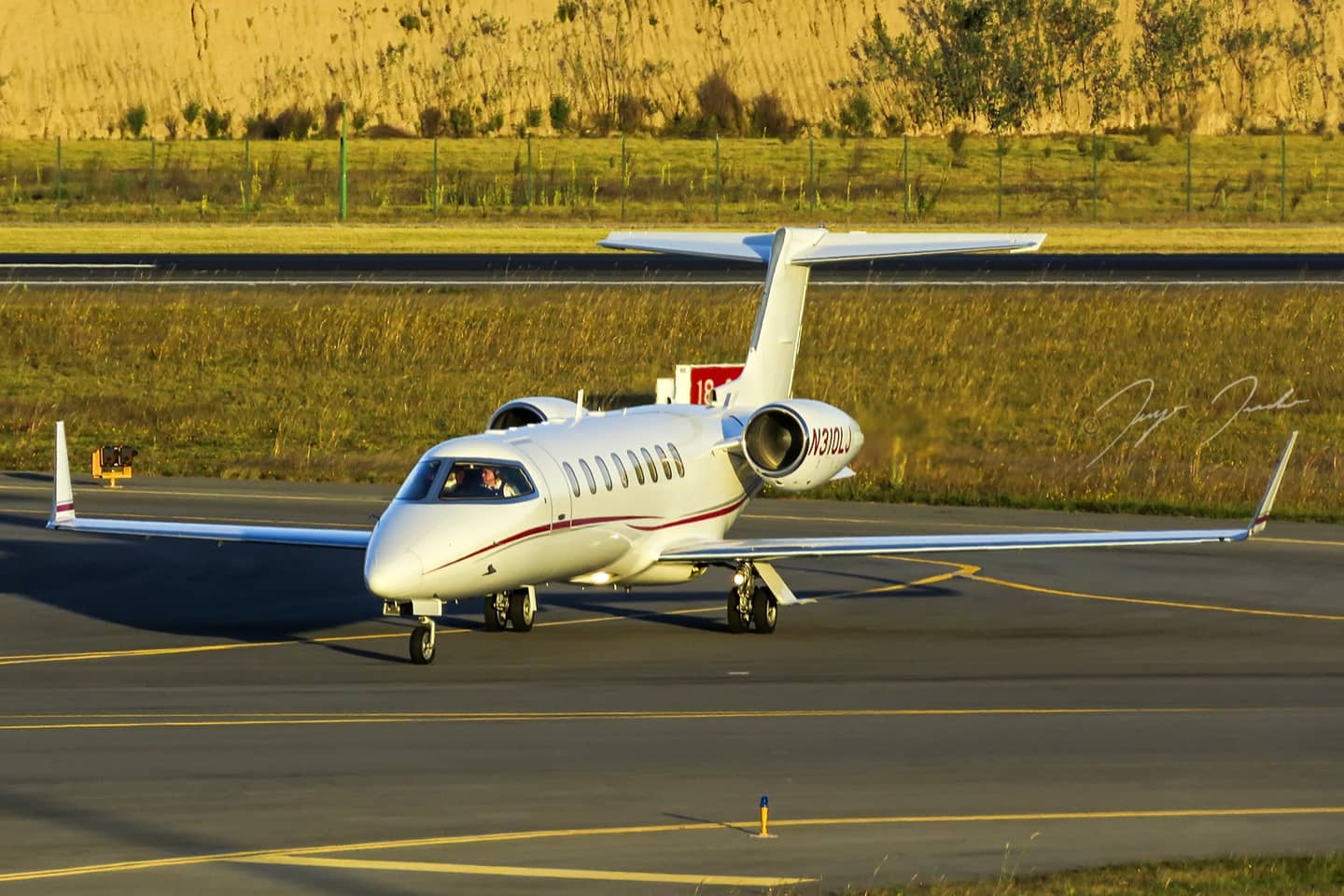
Photo credit: instagram.com
This model, introduced in the mid-1990s, represented a significant upgrade in terms of technology and comfort. It featured a longer cabin, increased range (up to 2,000 miles), and improved fuel efficiency. The Learjet 45 could comfortably seat eight passengers and was praised for its balance of performance and luxury.
Learjet 60
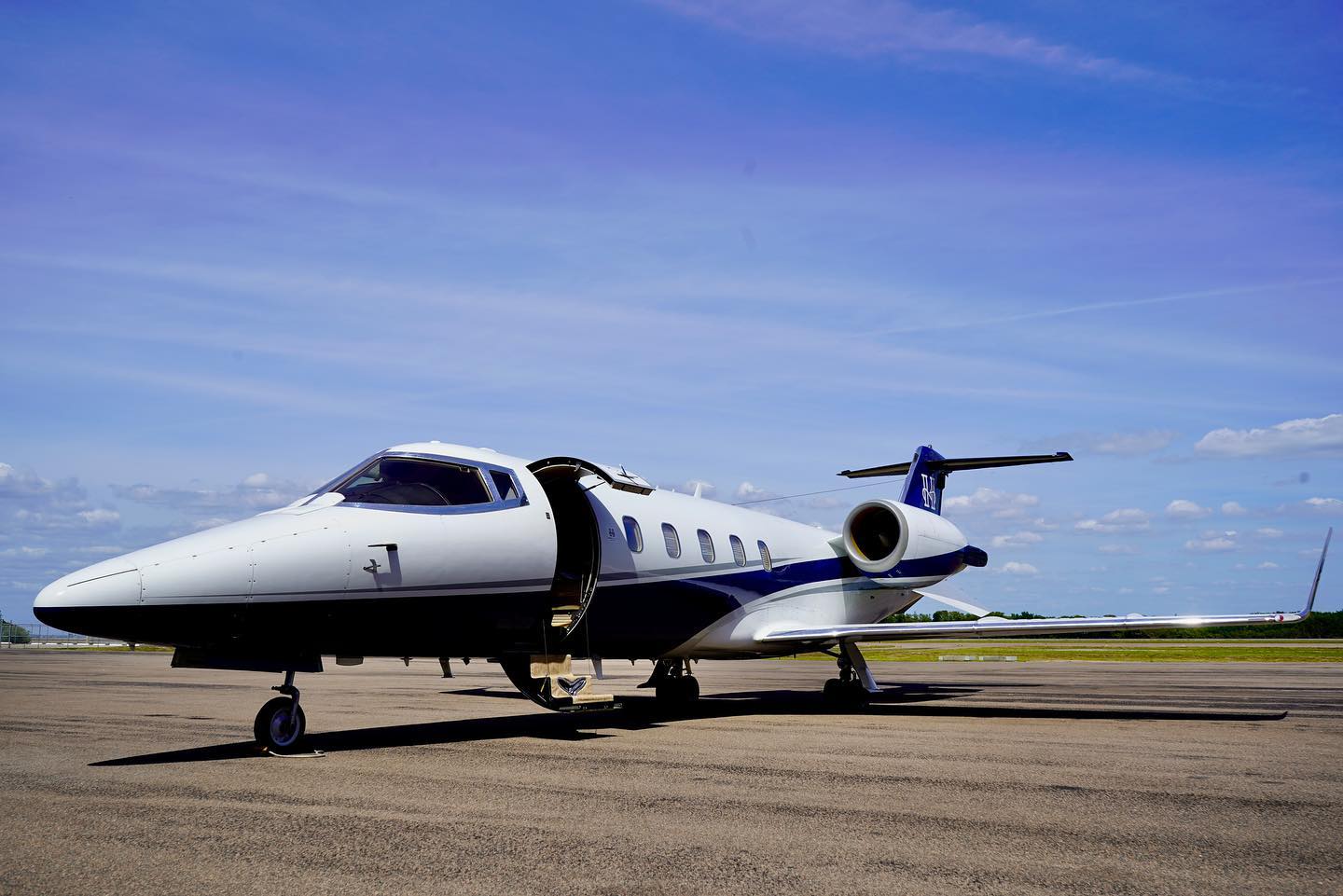
Photo credit: instagram.com
The Learjet 60, first introduced in the early 1990s, stood out for its spacious interior and ability to travel long distances (up to 2,405 miles). It boasted a higher cruising speed and was designed specifically for international travel, with seating for up to eight passengers.
Learjet 75
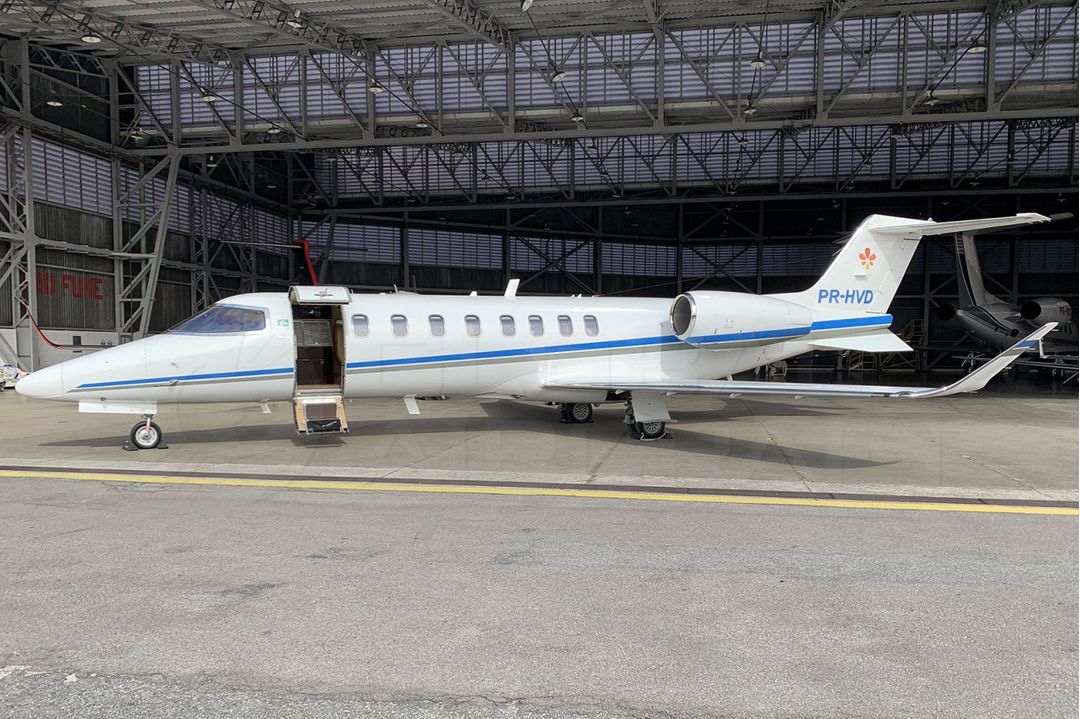
Photo credit: instagram.com
In contrast, the Learjet 75, the most recent addition to the series, was launched in 2013 and showcased the brand’s commitment to ongoing innovation. It is equipped with advanced avionics, improved efficiency, and a cutting-edge cabin. With a range exceeding 2,000 miles, it can comfortably accommodate nine passengers, combining luxury, technology, and performance.
Each of these Learjet models has contributed to the brand’s esteemed reputation for delivering quality, speed, and luxury in the realm of private aviation.
The classic Learjet design includes low-mounted swept wings, winglets or wingtip fuel tanks, engines attached directly to the fuselage, a T-tail configuration, and a small passenger cabin designed for speed and efficiency.
Popularity and Legacy
Learjet’s popularity stems from its status as a pioneer in the private jet sector. The company’s innovations set the standard for business jets, influencing the entire industry. Features from the early models, like the Learjet 23, were carried over to newer models and emulated by competitors. The Learjet 70 and 75, for instance, maintained the legacy features while incorporating modern technologies like WiFi and enhanced cabin amenities.
Despite ceasing production in 2021, Learjets are expected to remain active in the skies due to their durability and the ongoing support from Bombardier. Over 70% of Learjets built since 1963 are still in operation.
Learjet’s significance lies not only in its innovative aircraft designs but also in how it transformed private flying into a symbol of luxury and efficiency. The company’s influence is evident in its enduring popularity and its lasting impact on private aviation.

